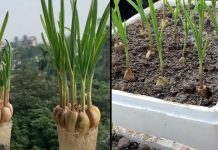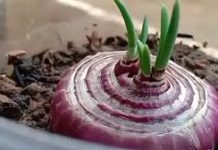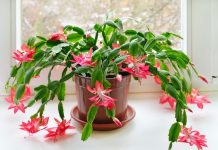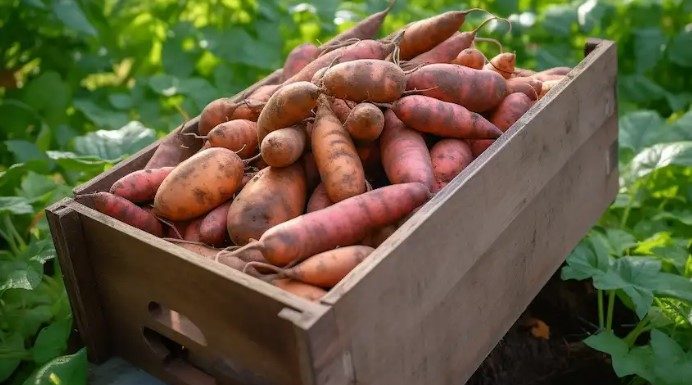Butterflies are not only beautiful additions to any garden but also play a crucial role in pollination and the overall health of your garden. Creating a butterfly fruit feeder is a simple and effective way to attract these beneficial insects to your yard. This guide will walk you through how to make a butterfly fruit feeder and explain how these colorful creatures can enhance your garden’s ecosystem.
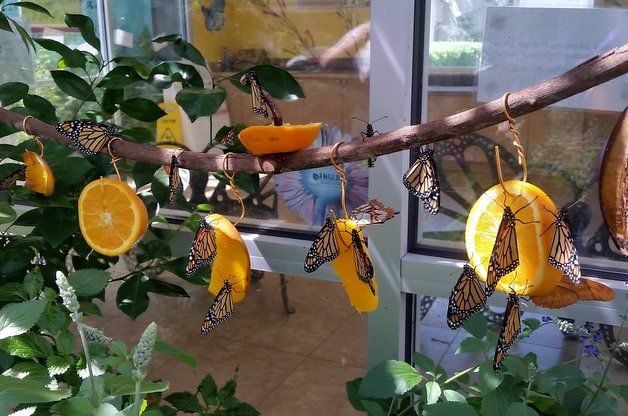
Benefits of Attracting Butterflies to Your Garden
- Pollination
Butterflies contribute to the cross-pollination of many plants, helping to increase biodiversity and plant reproduction in your garden.
- Garden Health
The presence of butterflies is often an indicator of a healthy garden environment, as they are sensitive to pesticides and pollutants.
- Aesthetic Enhancement
Butterflies add beauty and visual interest, creating a dynamic and vibrant garden atmosphere.
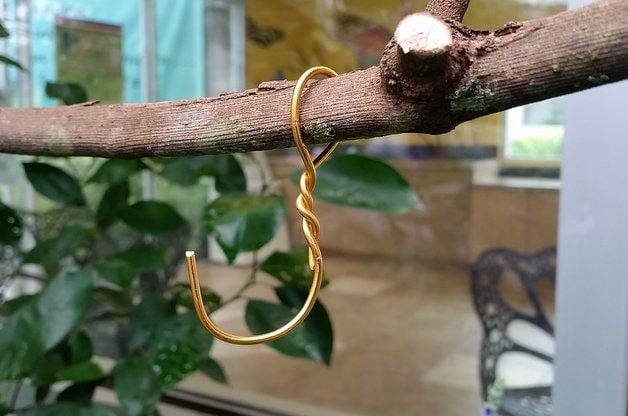
Materials Needed to Create a Butterfly Fruit Feeder
- A shallow dish or plate
- Overripe fruit (bananas, apples, oranges, and melons work well)
- Sugar (optional)
- Water
- Sponge or cotton balls
- String or wire (if hanging)
- A tree branch or a hook (for hanging)
Step-by-Step Guide to Making a Butterfly Fruit Feeder
Step 1: Prepare the Feeder
Choose a shallow dish that is easy for butterflies to access. A colorful dish can also help attract them.
Step 2: Prepare the Fruit
Cut the fruit into slices or mash it slightly to expose more surface area, making it easier for butterflies to feed on the juicy parts. Overripe fruit is particularly attractive because it is easier for butterflies to digest.
Step 3: Enhance with a Sugar Solution (Optional)
Create a simple sugar solution by mixing water with a small amount of sugar. This mimics nectar and can be especially appealing to butterflies.
Soak a sponge or cotton balls in the sugar solution and place it in the dish to keep the feeder attractive and moist.
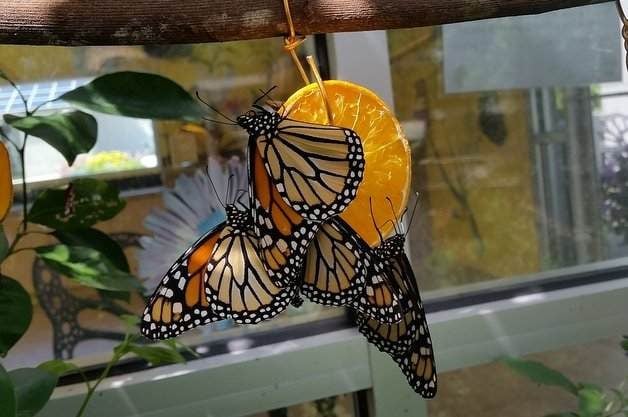
Step 4: Set Up the Feeder
Place the feeder in a sunny, sheltered location near other butterfly-attracting elements like flowering plants or a water source. If preferred, hang the feeder by attaching a string or wire to the dish and suspending it from a tree branch or a hook. Ensure it is stable so it doesn’t swing or spill.
Step 5: Maintain the Feeder
Change the fruit regularly to prevent it from rotting and attracting unwanted pests. Clean the dish frequently to ensure it is safe and appealing to butterflies.
Tips for Attracting More Butterflies
- Plant Native Flowers: Butterflies are more attracted to native plants, which they use for both nectar and as host plants for their larvae. Learn more about the beautiful significance of black butterflies.
- Provide Sun and Shelter: Butterflies generally prefer sunny locations that are protected from strong winds.
- Avoid Pesticides: Chemicals can harm butterflies and other beneficial insects. Use natural pest control methods to keep your garden butterfly-friendly.
By creating a simple butterfly fruit feeder, you not only offer a delightful spectacle in your garden but also support local wildlife and biodiversity. Butterflies help pollinate your plants, contributing to a healthier and more fruitful garden. Enjoy the dual benefits of beauty and functionality with this easy DIY project. For more tips on creating a butterfly-friendly garden, check out the benefits of bee balm in every backyard.


